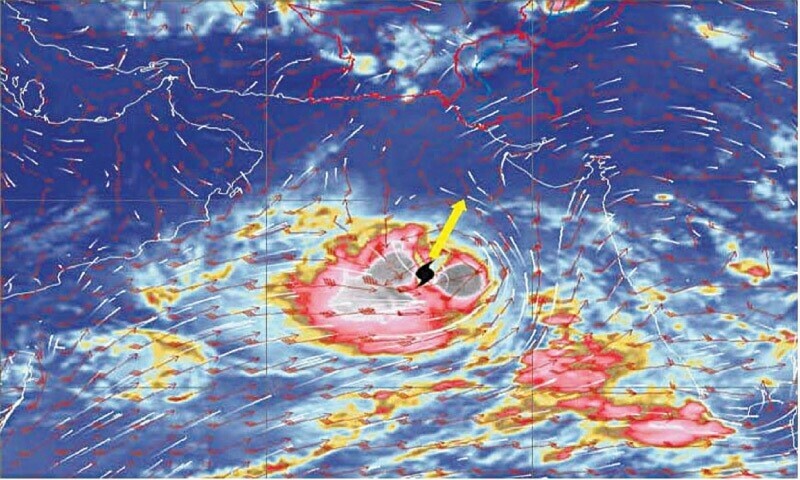
[ad_1]

A weather model aids a forecaster in understanding atmospheric conditions and predicting future developments.
It is a special programme that solves complex mathematical equations using supercomputers located specific points around the planet.
The data going into these equations includes readings of temperature, precipitation, wind pressure, and other relevant factors from both past and present observations.
These weather models simulate potential future weather conditions by dividing the atmosphere into grids that extend from the upper atmosphere down into the ocean. The distance between two grid points is known as the “model or forecast spatial resolution.”
A smaller distance between grid points results in higher resolution, thereby providing a more accurate forecast. The resolution depends on the detail of the input information, which is derived from atmospheric observations.
A forecaster uses a combination of different models to predict weather patterns.
There are three primary types of global weather models used widely: the Global Forecast System (GFS), an American model; the European Centre for Medium-Range Weather Forecasts (ECMWF), a European model; and the Icosahedral Nonhydrostatic (ICON), a German model. These global models are generally updated four times a day.
These models are very effective for detecting thunderstorms, weather systems and cyclones around the world. However, their accuracy when it comes to rain and temperature decreases as you move further from their point of origin.
To counter these inaccuracies, many countries around the world have developed local or regional weather models. These models deal with a smaller area and yield results with a resolution of up to one square km or less.
PMD weather forecasters use ICON, GFS and a combination of other models.
According to Dr Sarfaraz and Dr Nazir, Pakistan does not have an effective local weather model, as developing and operating one requires supercomputers with the ability to handle computations of terabytes of data, which the PMD does not currently possess.
Developing a local weather model also requires substantial funds, expertise and time.
Experts Dawn spoke to suggested that a simple solution lies in increasing the detail of input data, which could improve the weather resolution obtained from global weather models.
Published in Dawn, October 14th, 2024
[ad_2]
Source link






